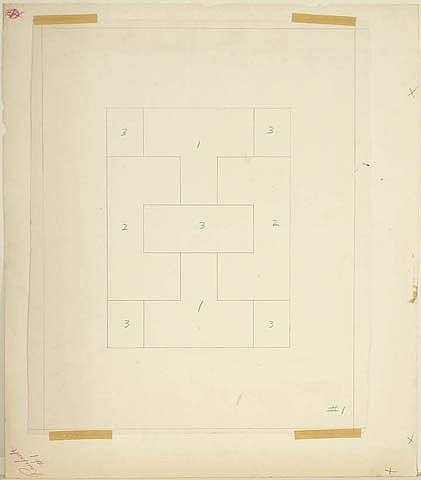Schwarz
View current page
...more recent posts
With "Jackson Pollock: How Installation Can Affect Modern Art," Newhouse tracks and illustrates the five legendary Pollock exhibitions at the Betty Parsons Gallery (1948, '49, '49, '50, '51) with particular reference to the dimensions of the artist's barn/studio in Springs, N.Y. The modest scale of the Parsons space favored the direct transplant of wall-size works from the studio. The 1950 exhibition, in which Pollock was assisted in the hanging by Tony Smith, forced an intimacy to which there was a stunning audience response. "The effectiveness of the exhibition," Newhouse reports, "has never been surpassed." For Alan Kaprow, "the effect was of an overwhelming environment ... assaulting the visitor in waves of attacking and retreating pulsations." The paradox of large-scale New York School painting was clarified: enveloping size forcing intimate viewing. For Pollock's work, as for Rothko's, the distance between viewer and painting determined its effect, a point repeatedly brought home by Newhouse in her comments on subsequent Pollock exhibitions. During the '50s, the uninhabited "installation view" became an indispensable photographic record, and Newhouse has assembled a revealing compendium of gallery and museum installations of Pollock exhibitions. Pollock's subsequent exhibitions at the Sidney Janis Gallery (1952, '55), lacking wall-sized works, were mounted with a more designed sense of presentation. The 1955 exhibition included the famous display of White Cockatoo (1948) on the ceiling, with Pollock's approval.
ad reinhardt "1," from a unique group relating to "Ten Screenprints,"
A campaign to save the storied Miami Marine Stadium will get its first test on Tuesday, when the city's historic preservation board will consider a proposal to designate the long-neglected but architecturally dazzling structure as a historic landmark.
The effort has received a boost from the city's preservation officer, Ellen Uguccioni, who in a report to the board called the 1964 stadium ''a tour de force of modern design'' and concluded it is eligible for designation.
But the save-the-stadium effort must still overcome a significant hurdle, Uguccioni said: Generally, buildings must be 50 years old before they are eligible for historic status. Because the stadium is only 44 years old, proponents of designation must demonstrate it is ''of exceptional importance,'' she wrote.

